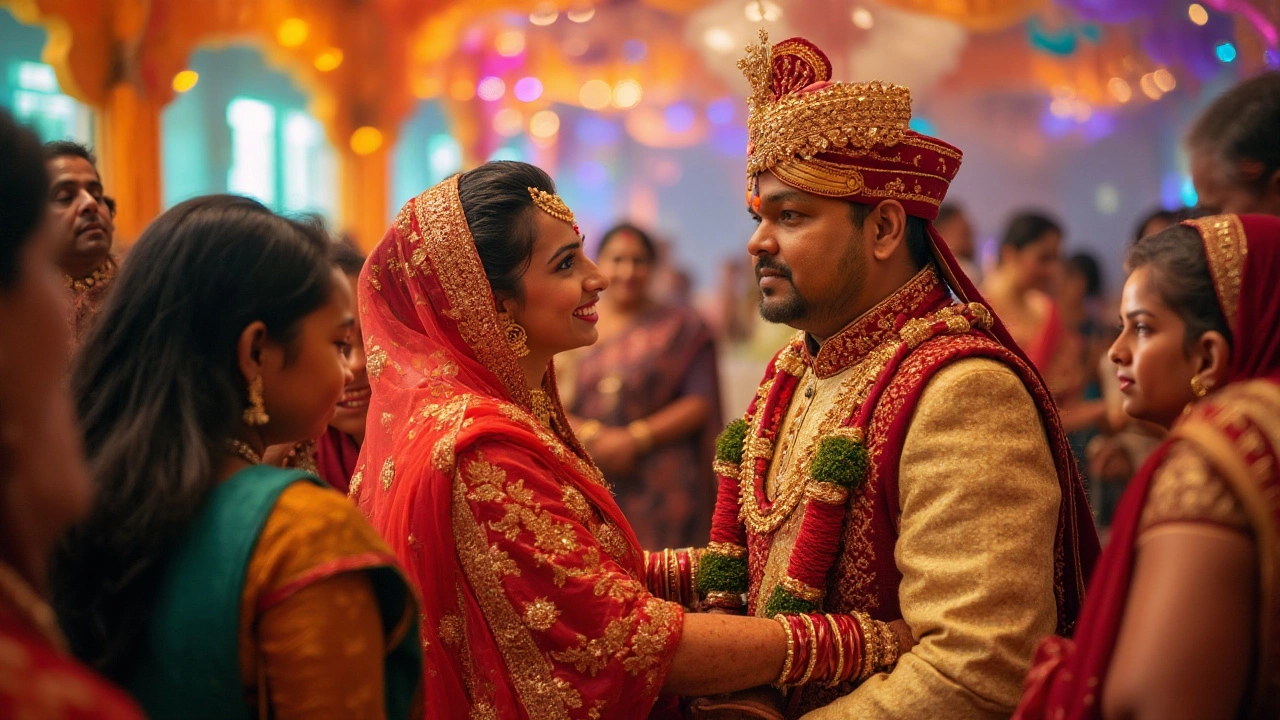
The dance of a wedding carries with it a rhythm of memories etched in time, captured diligently behind the lens of a photographer's camera. But how many photos should one receive from this memorable day? It varies across the spectrum of weddings—each uniquely its own production of love, laughter, and life.
This article delves into the heart of the matter, providing insights and guidance on what factors influence the number of wedding photos delivered. Together, we'll unravel the factors that sway this choice and share tips to set expectations with your photographer, ensuring a perfect alignment with your vision for this special day.
- Understanding Wedding Photography Expectations
- Factors Influencing the Number of Photos
- Balancing Quantity and Quality
- Customizing Wedding Photo Deliverables
- Tips for Setting Expectations with Your Photographer
Understanding Wedding Photography Expectations
When it comes to wedding photography, couples often have an array of expectations that encapsulate dreams, styles, and cherished moments they hope to capture. The role of a wedding photographer is more than just taking pictures; it’s about creating a visual narrative that reflects the authenticity and emotion of your special day. On average, many photographers deliver between 400 to 800 photos for a full-day wedding. This number, however, can vary depending on several factors including the duration of the event, the number of guests, and specific photography styles, like candid or traditional. In an era where Instagram and Pinterest inspire many couples, these platforms often shape expectations, influencing desires for particular shots or themes.
According to The Knot's 2023 Real Weddings Study, over 80% of couples cited photography as a top priority in their wedding planning. This statistic underscores the importance placed on documenting this milestone, ensuring that all layers—emotional, cultural, or thematic—are effectively captured. This emphasis on photographs corresponds with a heightened expectation that photographers will deliver significant moments and hidden gems alike. Whether it’s the fleeting glance of a bride towards her groom or the laughter shared among old friends, encapsulating these moments is crucial. And while most think quantity ensures every moment is captured, the art lies instead in a strategic balance between meaningful storytelling and a comprehensive image collection.
"Photography is about finding something interesting in an ordinary place," said renowned photographer Eliot Porter. "It has little to do with the things you see and everything to do with the way you see them."
Predetermined shot lists can be a useful tool, though trusted photographers will often have the intuition to capture spontaneous, heartfelt moments. When entering a contract with a photographer, understanding the deliverables—both in terms of the quantity and type of photos—is essential. Your photographer might ask about your preferred styles, must-have shots, and any unique elements of your wedding. This discussion ensures they align their approach with your vision, ultimately guiding their shot count according to your desires. It’s vital to explore these expectations ahead to prevent any discrepancy between what you imagined and the final album you receive.
Factors Influencing the Number of Photos
When you step into the world of wedding photography, one quickly discovers that the amount of photos taken and eventually delivered is not a one-size-fits-all situation. Several elements sway this number, each as unique as the wedding itself. First, the length of the event plays a significant role. A full-day celebration spanning ten to twelve hours will naturally yield more photos than a short, intimate ceremony comprising just a couple of hours. During extended events, photographers capture various aspects, from bridal preparations to the late-night dance festivities, resulting in a larger gallery.
Beyond timing, the size of the guest list also influences the photo count. A larger wedding often means capturing more interactions and moments shared among a greater number of people. This demands increased coverage, where photographers work diligently to ensure every guest appears in the gallery, memorializing shared laughter and conversations. Another key consideration is the type of shots a couple desires. Traditional, formal portraits usually accompany any wedding, yet candids and artistic compositions have become equally, if not more popular. Photographers adjust the volume and style of photos based on these specific requests.
Different photographers also have varying shooting styles which greatly affect how many photos are taken. For instance, a photojournalistic photographer might snap thousands of photos throughout the day to capture moments candidly and naturally, whereas a more traditional photographer may focus on staged, perfect-frame portraits. Additionally, the venue and setting cannot be overlooked; grand castles with lush gardens provide more photographic opportunities than a simple hall might offer. In large venues, photographers capture both the expansive environment and the details that make a wedding unique, such as décor and table settings. Finally, the couple’s budget often determines both the photographer’s time commitment and, subsequently, the number of photos delivered. Opting for a premium package generally means more edited images, offering couples an extensive narrative of their day.
During a conversation with acclaimed photographer Emma Lawson, she shared, "The heart of a wedding story is in the nuances—the shared glances, the uncontrollable laughter, the tears of joy. These are the moments that truly define the day." Her sentiments highlight the importance of understanding every couple’s individual story and preferences, which are vital in shaping the photo collection. Taking all these factors into regard fosters a better understanding of what to expect, ensuring a wedding gallery that aligns with the couple’s dreams and values.
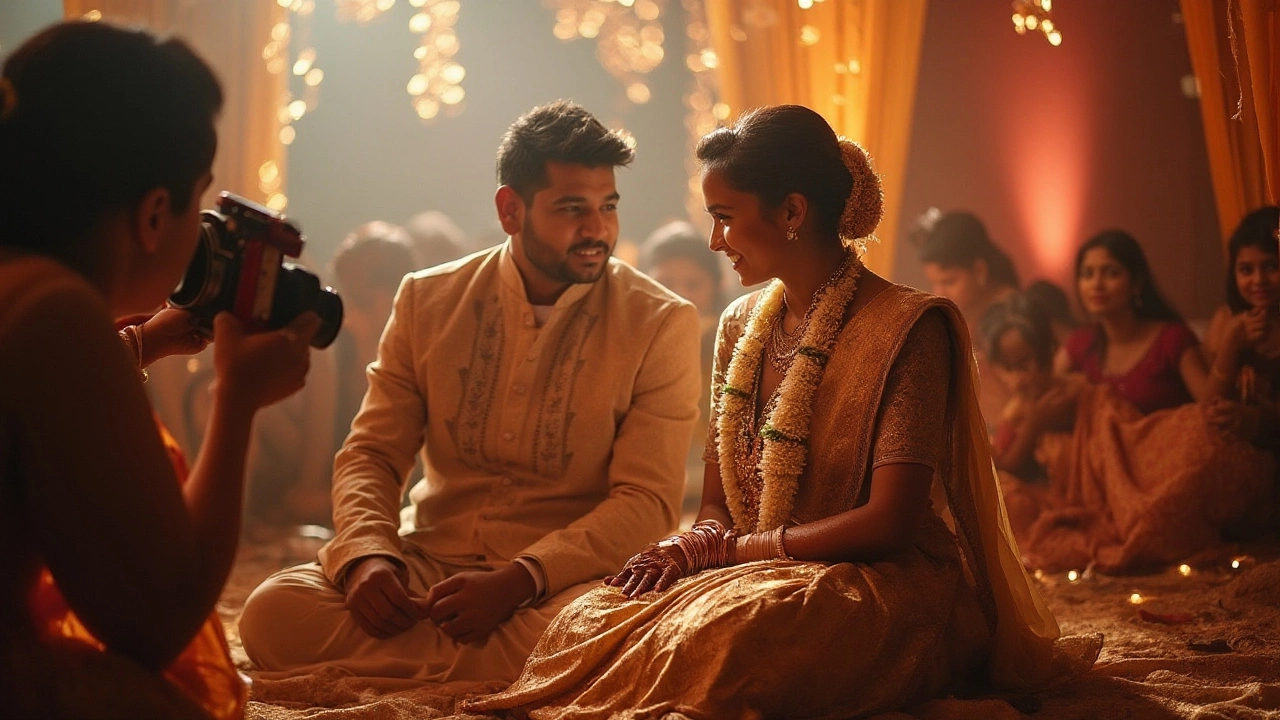
Balancing Quantity and Quality
When it comes to wedding photography, striking the right balance between the number of photos received and the quality of each shot is an art in itself. Couples often face the challenge of wanting numerous photographs that capture every detail, while simultaneously desiring artistic, high-quality images. Finding this equilibrium requires understanding the dynamics of wedding photography and appreciating the skill involved in capturing those picture-perfect moments.
A professional wedding photographer spends significant time not just clicking the shutter but also meticulously editing and selecting the best images that encapsulate the spirit of the day. This careful selection process often results in fewer photos than some might expect, as photographers aim to present only the most stunning shots. Industry insights suggest that most couples receive between 400 to 800 photos from an eight-hour wedding shoot, depending on the scale and pace of the event.
Quantity vs. Artistic Vision
Photographers approach a wedding assignment with a unique artistic lens, seeking to create a narrative through their photos. While some couples might prefer a comprehensive coverage, capturing every mundane detail, others value the precision of storytelling that only a curated selection of images can provide. It's crucial for couples to communicate their preferences to photographers to achieve the right mix that satisfies aspirations for volume and artistry."A single photograph can encapsulate the essence of an entire day, immortalizing emotions more profoundly than volumes of images." - Ansel Adams, renowned photographer.
Moreover, editing plays a pivotal role in enhancing the quality of a photograph. Photographers invest considerable time in post-production, correcting lighting, adjusting colors, and sometimes adding artistic effects. This meticulous care ensures that, even if the quantity isn't overwhelming, each photo stands as a testament to the day's elegance and emotion.
Setting Realistic Expectations
Setting realistic expectations between photographers and clients is paramount. An open discussion on the anticipated number of wedding photos, the style of photography preferred, and the expected editing timeline can prevent future disappointments. It's important to remember that wedding photography isn't merely about documenting an event—it's about crafting memories that last a lifetime. With this understanding, couples can appreciate that sometimes less is more, especially when the photography evokes genuine emotions and unforgettable moments.Customizing Wedding Photo Deliverables
Customizing your wedding photography package is akin to crafting a tailored suit—every couple's experience is wonderfully unique, yet there are common threads that bind them all. When it comes to photo deliverables, one size definitely does not fit all. Couples should feel empowered to express their desires, ensuring the photos perfectly capture the essence of their day. It’s essential to discuss and customize deliverables ahead of the wedding, considering personal preferences and important factors such as the length of the event, the number of locations, and any specific moments that the couple wants to be immortalized in photos. Engaging openly with your photographer, you can negotiate the number of images and incorporate special requests that reflect your story.
Today, most photographers offer a range of packages designed to cater to varying needs, allowing you to combine different elements to create a personalized experience. A typical package might range from a basic number of shots to more elaborate offerings like printed photo albums and digital galleries. Some photographers even provide innovative options like drone photography to add an aerial view or instant prints for same-day memories. By being in sync with your photographer, you can also set the tone concerning photo edits and styles—be it traditional or with a modern twist. A custom package enables you to define not just the quantity but also the essence, capturing everything from spontaneous moments to structured poses.
"The best pictures are the ones that retain their strength and impact over the years, regardless of the number you're given," shared globally acclaimed photographer Anne Geddes.
In an ever-evolving world of digital photography, advanced archival methods ensure that these precious images survive the test of time. Many photographers offer online galleries where you can easily download your images, but physical prints remain an irreplaceable treasure for many. You might also consider a service that provides high-quality albums or coffee table books. These bespoke arrangements turn wedding photos into tactile memories, offering another dimension of customization. While digital files capture instant access, printed versions become cherished artifacts over generations. It’s a blend of new and old—personalized to your preference, where your story leans profoundly into timeless traditions while embracing cutting-edge technology.
Thinking creatively and openly about customization goes beyond practicalities; it sets the stage for magic. Some couples opt for curated sneak peeks shared with guests during the reception, while others may choose digital slideshows set to music. It’s also worth considering special inclusions, like thank you cards featuring a special photo, that help carry your gratitude beyond the day. Ultimately, customizing your deliverables ensures not only moments forgotten but captures the very soul of your wedding, something physical to hold on to years down the line—completely tailored to your vision as you step into this new chapter of life together.
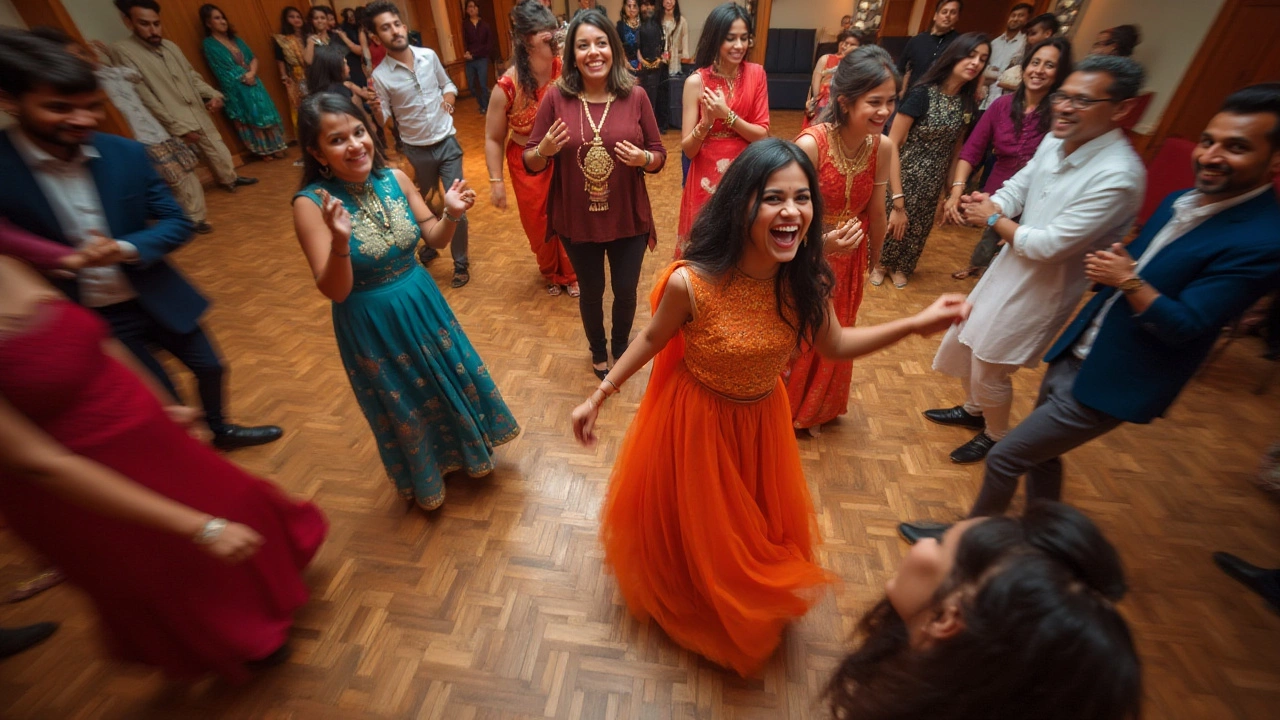
Tips for Setting Expectations with Your Photographer
Setting expectations with your wedding photographer is a delicate dance, ensuring both parties harmonize their visions for the big day. The first step is clear communication. Opening the channels of dialogue early and often is vital. It begins with an initial meeting, where you share your ideas, style preferences, and, importantly, the number of desired wedding photos. Discuss how the day will unfold and map out the specific moments you want captured to avoid any disappointments. Photographers appreciate when couples are forthcoming about what matters most, as it crafts a mutual understanding that translates beautifully through the camera lens.
In this digital age, remember that photography styles vary significantly from traditional posed portraits to candid storytelling. As you converse with your photographer, be truthful about what you prefer. Some couples cherish spontaneous moments full of emotion, while others may lean towards more structured compositions. The balance between these elements can dictate the quantity and type of photographs received, underscoring the importance of expressing your vision. Ensure to view portfolios and discuss previous shoots to gauge alignment with your own aspirations.
Budget discussions often seep into these conversations and are not to be overlooked. Photographers offer a range of packages, each with distinct deliverables and timelines. When setting a budget, ponder over the potential trade-off between the cost and the number of shots. Quality should never be compromised for quantity, as moments are scrutinized more than the numbers in years to come. Ask about any additional fees for album creation or editing, which may influence your monetary decisions.
At times, it might be beneficial to have a formal agreement or contract. This document serves as a safety net, documenting agreed details like hours of coverage, deliverable formats, and turnaround timeframes. Having everything in writing leaves no room for misunderstandings down the line. An agreement reinforces mutual respect for commitments from both you and the photographer, cementing peace of mind.
"A photograph is the pause button of life," eloquently put by Ty Holland. This notion is resonant in that the photographer's role in capturing these pauses requires a well-lit stage set by realistic expectations. They should feel empowered to capture your love story, a liberty that starts with asking the right questions and providing clear feedback throughout the planning process. High-quality wedding photography is a co-creation, a partnership cherished for years.
Finally, consider building a rapport with your photographer beyond professional terms. Get to know them, witness their style, and engage in a conversation occasionally straying from wedding specifics. Comfort, rapport, and trust—all elements of emotional intelligence—yield compelling, authentic imagery. When your photographer feels as much a part of the day as friends and family, you are likely to see that warmth mirrored in your wedding photos.
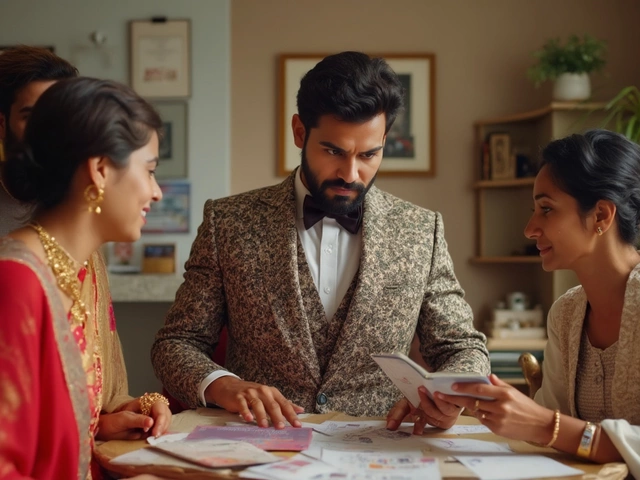
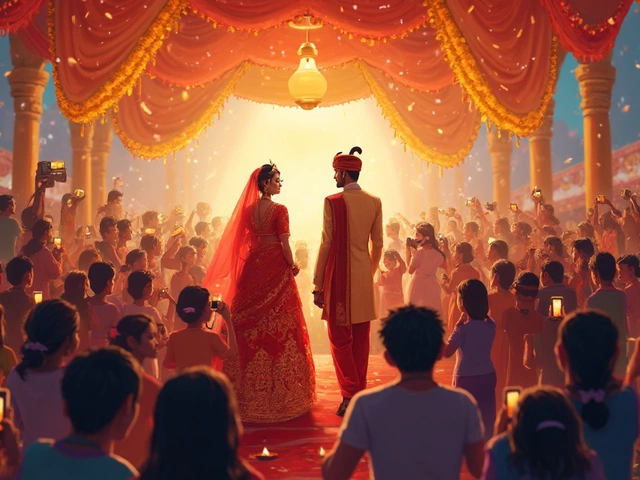
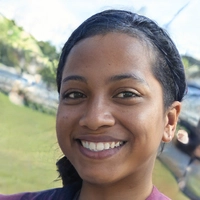
Comments
Post Comment